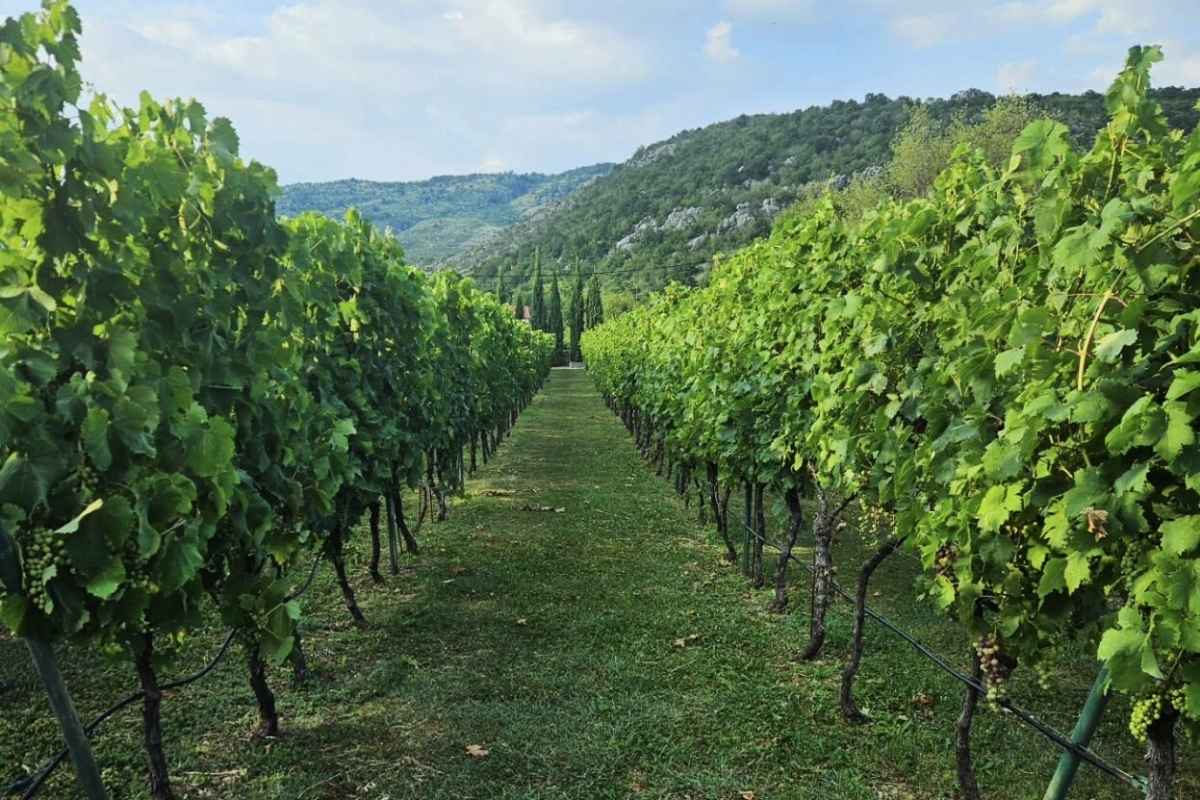Budva-Bar wine subregion
The Budva–Bar subregion lies in the central part of the Montenegrin Coast wine region, stretching across two important coastal municipalities: Budva and Bar. This subregion, covering 15,895.51 hectares, combines dramatic Adriatic landscapes with fertile hinterlands historically suited for grape growing.
Despite its natural potential, the subregion remains underdeveloped in terms of modern viticulture. According to the viticulture registry, only 0.89 hectares of vineyards are officially registered, representing a symbolic contribution to Montenegro’s total vineyard area. Producers from this subregion account for 1.6% of the total number of registered grape producers.
Geography and landscape of Budva-Bar wine subregion
Budva and Bar are two of Montenegro’s most vibrant coastal towns:
- Budva is famous for its medieval old town, sandy beaches, and lively tourism, attracting millions of visitors every year.
- Bar is both a modern port city and a historic settlement, home to Stari Bar (Old Bar), a site where vine and olive cultivation has deep roots.
The subregion’s location between the Adriatic Sea and mountain ranges creates a dynamic terroir:
- Coastal influence provides warmth, sunlight, and moderated winter temperatures.
- Mountain breezes from the hinterland cool the vineyards, preserving acidity in grapes.
- Soils vary from rocky, karst-based slopes to more fertile inland valleys, suitable for both robust reds and fresh whites.


